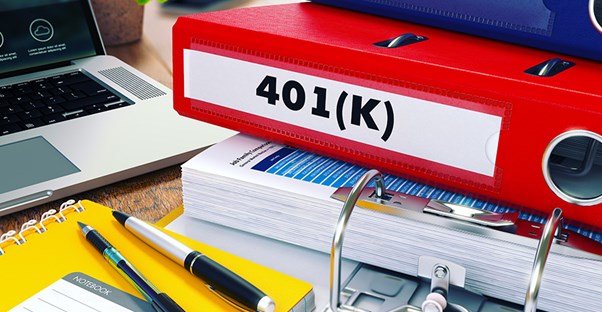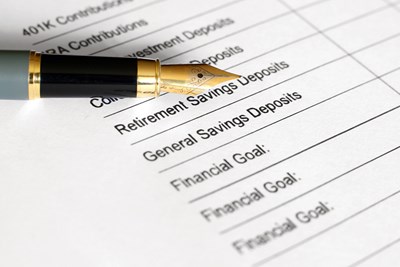Saving up for retirement can be difficult, but your 401k grows without much effort. Unfortunately, sometimes you need money due to an unexpected situation and you have to borrow against your 401k. A 401k loan may seem like a bad idea, but many people choose this path. Here is everything you need to know about borrowing against your 401k.
How does a 401k loan work?
When you get a 401k loan, you pay interest that returns back to your 401k. One of the biggest disadvantages of a 401k loan is that if you lose your job before the loan is paid off, you must pay the full amount within 90 days. If it cannot be paid within the time limit, it becomes taxable and an additional 10% is charged as a penalty by the Internal Revenue Service if you’re under 59 and a half.
How much can you borrow?
You can borrow up to 50% of your 401k or $50,000, according to Investopedia. The way this amount is decided is dependant how much you’ve saved up. You cannot borrow over $50,000. For example, let’s say you saved up $24,000 in your 401k and you need to take out a loan. If you choose to take out 50% of your 401k, you’ll be allowed to take out up to $12,000. However, if you’ve saved up $195,000, you cannot take out 50% of your 401k because the amount would equate to $97,500, which is over the legal maximum you can borrow.
Are there other requirements?
There are other requirements when it comes to paying back your 401k loan. You’ll be required to pay back the loan within five years of the date you received the loan. This repayment is done by making regular payments toward the principal of the debt plus the interest on a quarterly basis. The payments are typically automatically deducted from your bank account. If you use the loan toward the purchase of a home, you may have a longer period to pay off the loan.
Can you borrow while still employed?
Yes, you can. This type of 401k withdraw is referred to as “hardship withdrawal.” To qualify for this type of withdrawal, you cannot have any other resource to borrow from, such as a personal lender or savings account. It’s up to the employer to decide whether you qualify for a hardship withdrawal. Your employer usually requires some sort of written request and paperwork showing your financial need. Some common reasons an employer may find you qualify can include:
- Paying for medical, funeral, or burial expenses
- Paying for 12 months of tuition for post-secondary education
- Paying for costs related to the purchase of your home
- Paying for repair of damage to your house
- Preventing eviction or foreclosure of your home




